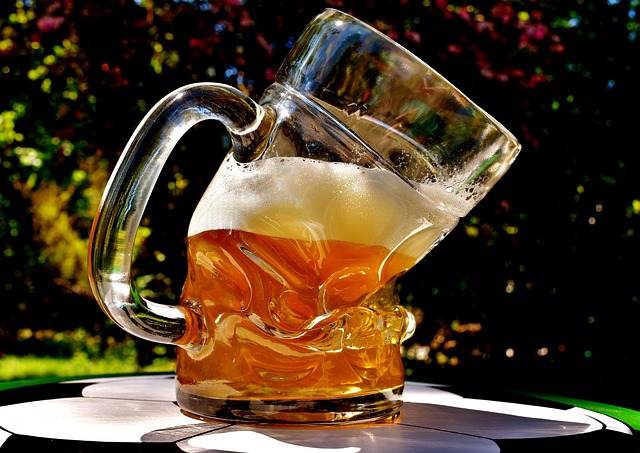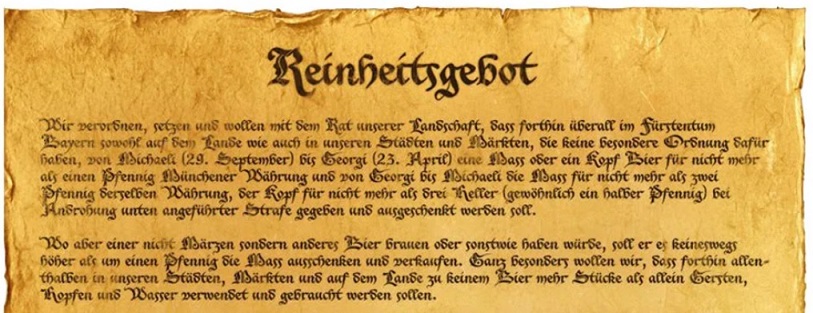
Beer is more than a drink in Germany; it is a way of life. While most outsiders associate German beer culture with Oktoberfest, its role runs much deeper. Beer has been a staple of German society for centuries, influencing everything from social gatherings to legal regulations. Whether in small village breweries or massive beer halls, Germans take their beer seriously.
With over 1,500 breweries and more than 5,000 different beer brands, Germany remains one of the world’s most beer-centric nations. The famous Reinheitsgebot, or Beer Purity Law, ensures high-quality brewing standards. But beer is not just about rules and production; it is about tradition, community, and identity. This article explores how beer has shaped German society and why it continues to be an integral part of daily life.
A Brief History of Beer in Germany

Beer has been brewed in Germany for over a thousand years. The first written mention of German beer dates back to 736 AD, when monks in Bavaria began producing beer in monasteries. By the Middle Ages, brewing had become a well-established craft, with towns and cities developing their own beer styles.
In 1516, Duke Wilhelm IV of Bavaria introduced the Reinheitsgebot, the world’s oldest food regulation still in effect today. This law allowed beer to be brewed only with water, barley, and hops, ensuring purity and quality. While the rule has been adjusted over time, it remains a symbol of German brewing tradition.
Today, Germany is home to some of the most famous beer-producing regions, including Bavaria, Franconia, and North Rhine-Westphalia. Each area has its own unique brewing styles, from the light and crisp Pilsner to the rich and malty Doppelbock.
Why Beer is So Important in German Culture
1. A Social Connector
In Germany, beer brings people together. Unlike in some countries where beer is seen as a party drink, Germans view it as a social staple. Whether at a Biergarten (beer garden), a small-town pub, or a university gathering, beer plays a central role in social life. Sharing a beer with friends or colleagues is a common way to relax and bond.
Beer festivals, beyond Oktoberfest, are common throughout the year. Events like the Starkbierfest in Munich and the Cannstatter Volksfest in Stuttgart attract thousands of visitors who celebrate beer as a part of regional identity.
2. Brewing as an Art Form
Germany’s brewing traditions are deeply respected. Unlike mass-produced beers in many countries, German brewers often maintain centuries-old recipes and techniques. Many of the country’s breweries are still family-owned, passing down brewing secrets through generations.
Germany also has strict beer classifications. Styles such as Helles, Kölsch, Weizenbier, and Altbier are specific to certain regions and must adhere to distinct brewing methods. These regional variations showcase the diversity of German beer culture.
3. Beer and Daily Life
Beer is not just for special occasions in Germany—it is part of everyday life. Many Germans enjoy a Feierabendbier, or an after-work beer, as a way to unwind. Unlike in some countries where drinking at lunch might be frowned upon, it is common in Germany to see workers enjoying a Mittagspause beer with a meal.
Even at family gatherings, beer is often a preferred drink. While wine is popular in certain regions, beer dominates celebrations, barbecues, and traditional meals. The famous Brotzeit, a Bavarian-style snack platter, is often paired with a cold beer.
Famous German Beer Styles and Traditions
1. Pilsner: Germany’s Most Popular Beer
Originally from Bohemia, Pilsner is the most widely consumed beer style in Germany. It is light, crisp, and slightly bitter, making it perfect for everyday drinking. Beck’s, Warsteiner, and Bitburger are some of the country’s most famous Pilsner brands.
2. Weizenbier: The Wheat Beer of Bavaria
This unfiltered wheat beer is a Bavarian favorite. It has a cloudy appearance and fruity flavors, often with hints of banana and clove. Paulaner, Franziskaner, and Erdinger are well-known Weizenbier brands enjoyed across Germany.
3. Kölsch: The Signature Beer of Cologne
Kölsch is a unique beer style brewed only in Cologne (Köln). It is served in small, cylindrical glasses called Stangen and is known for its light, slightly fruity taste. The city’s breweries take Kölsch seriously, and it is a must-try when visiting Cologne.
4. Bock and Doppelbock: The Strong Beers
For those who enjoy stronger beers, Bock and Doppelbock offer rich, malty flavors with higher alcohol content. Originally brewed by monks to sustain themselves during fasting periods, these beers remain a seasonal favorite, especially during winter.
German Beer Festivals Beyond Oktoberfest
While Oktoberfest is the most famous beer festival in the world, Germany hosts many others that showcase local beer traditions.
- Starkbierfest (Munich): A strong beer festival held in March, featuring beers with higher alcohol content.
- Bamberg’s Rauchbier Festival: Celebrates smoked beer, a specialty of Franconia, where the malt is dried over an open flame.
- Bierbörse (Multiple Cities): A traveling beer festival featuring over 1,000 international and German beers in cities like Leipzig, Mainz, and Karlsruhe.
Beer and German Law: Drinking Age and Regulations
Germany has some of the most relaxed but responsible drinking laws in Europe. The legal drinking age for beer and wine is 16, while spirits are restricted to those 18 and older. Public drinking is generally accepted, and beer is available at supermarkets, train stations, and even vending machines.
Despite these relaxed laws, binge drinking is less common in Germany than in other countries. Beer is often consumed in moderation, as part of meals or social events. The emphasis is on quality over quantity, a philosophy that keeps German beer culture refined and respected.
Want to Learn More About German Traditions?
Explore our related articles for a deeper look into Germany’s cultural heritage:







